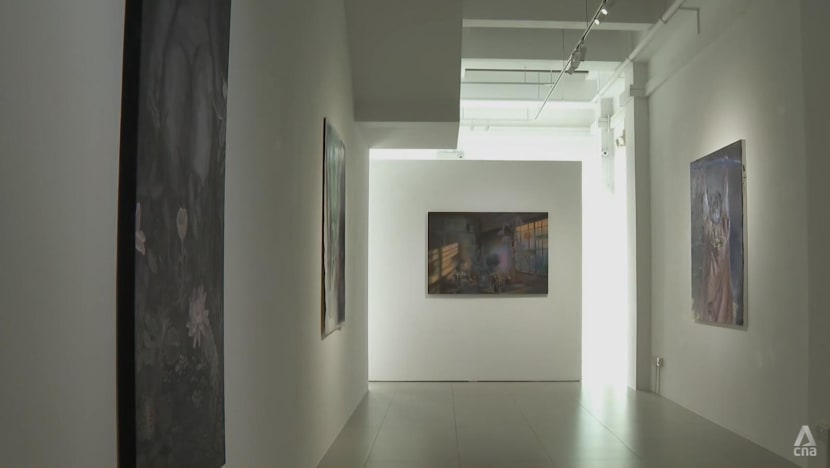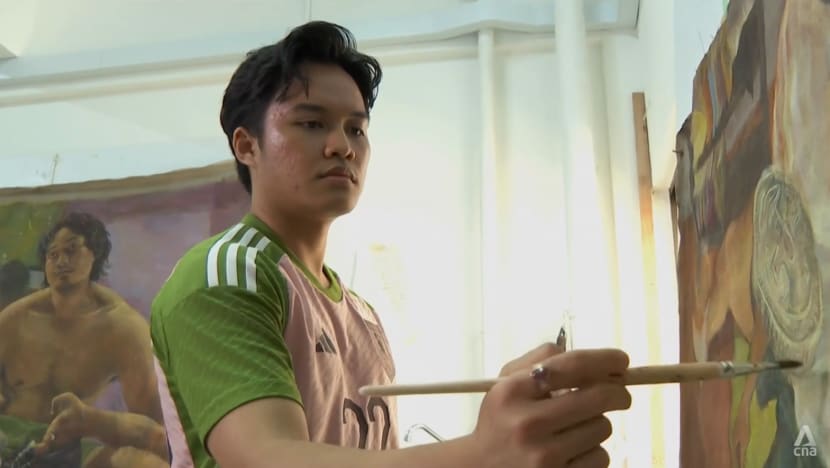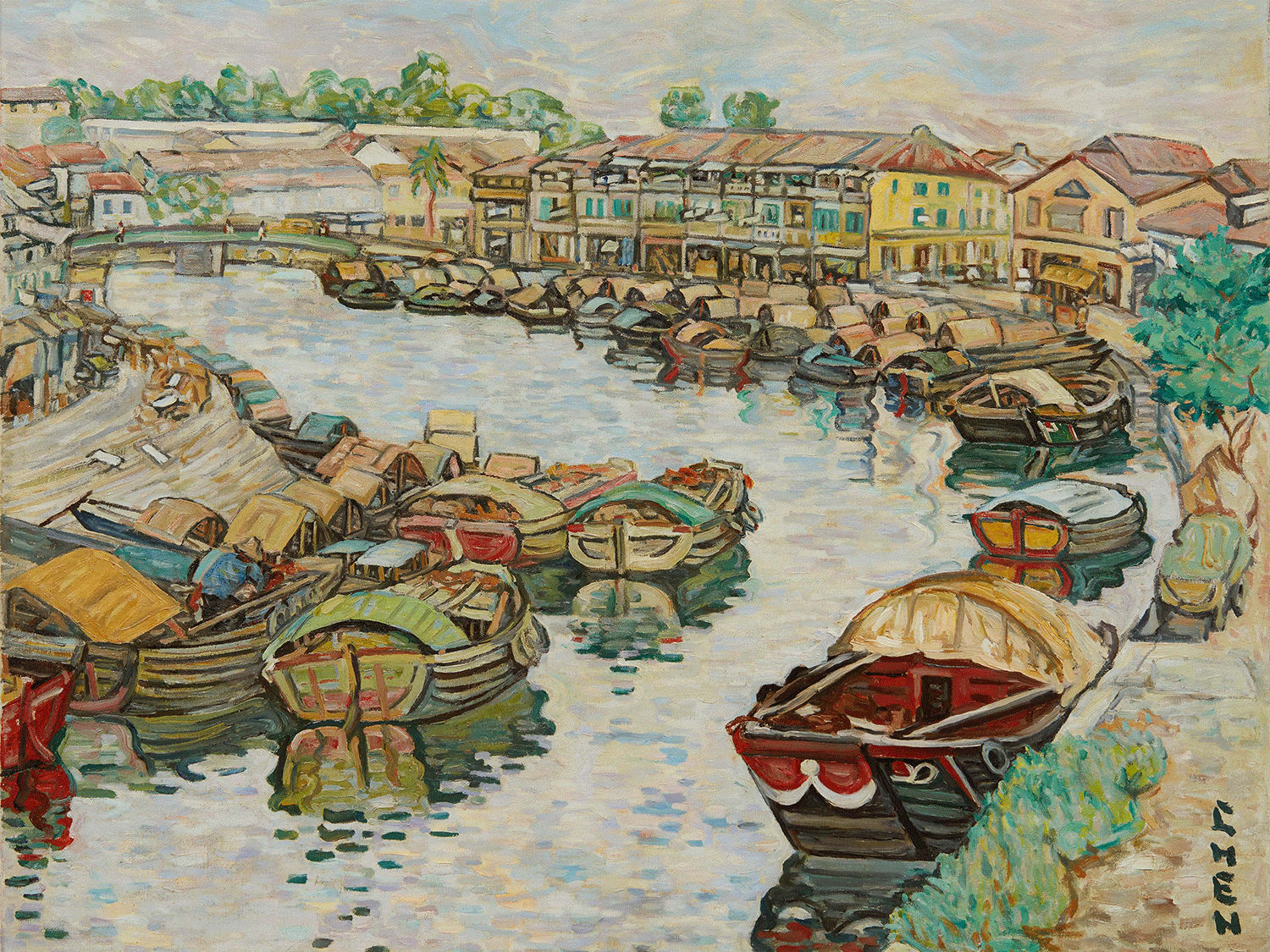According to auction house Christie's, works by Georgette Chen have set records two seasons in a row, while one of her paintings sold for over S$2 million (US$1,505,871) earlier this month at fine arts broker Sotheby’s.
Appreciation for other Nanyang artists is also growing, with a piece by Liu Kang going for a record price at a recent auction too.
Liu was a founding member of the Singapore Arts Society, with many of his works currently
on display at the National Gallery Singapore.
PURSUING FINE ART CAREERS
However, growing interest in Singaporean works does not quite inspire more young talent to pursue a career in fine art.
Art schools here told CNA it would take more than just demand from buyers to draw young artists into careers in the sector, such as having more robust ways to develop talent.
Nanyang Academy of Fine Arts (NAFA) senior lecturer Ye Shufang said: “There's always the underlying desire to improve your craft and to be better at what you do, to be a better painter or to be a better photographer. So there's always that drive that drives the student.
“And then after that, there is the criticality. Are my works critically analysed? Are my works included in some of the critical write-ups and critical essays by curators and historians?"
She added that it will still take time for the local fine arts scene to really flourish, but mindsets are slowly shifting.

LASALLE College of the Arts is one of two art schools that will form Singapore’s first government-supported private arts university.
NAFA and the LASALLE College of the Arts will come together to form Singapore’s first government-supported private arts university, the University of the Arts Singapore, welcoming its inaugural cohort in August next year.
At LASALLE College of the Arts, there is cautious optimism, as the school hopes the renewed appreciation for local works will convince people to see art as topical and relevant.
“We can share that over the past five years, we've graduated an average of 100 students per year from the McNally School of Fine Arts at LASALLE,” said Dr Venka Purushothaman, the school’s deputy president and provost.
He said the school has seen a steady increase in applications to full-time fine arts programmes over the years, along with “a much-pronounced increase in all our short courses in fine arts studies and art history amongst older adults”.
Students are concerned about the economic viability and the size of the market in Singapore, when deciding whether to pursue a career in the sector, Dr Purushothaman added.
“Today, parents and students alike are very positive about careers in the arts as the creative economy evolves,” he said, noting that there are more opportunities and funding, and training on other aspects such as how to manage contracts and finances as a freelancer.
“Students also have more access to mentorship from established artists and networks regionally and internationally, compared to just five or 10 years ago.”














